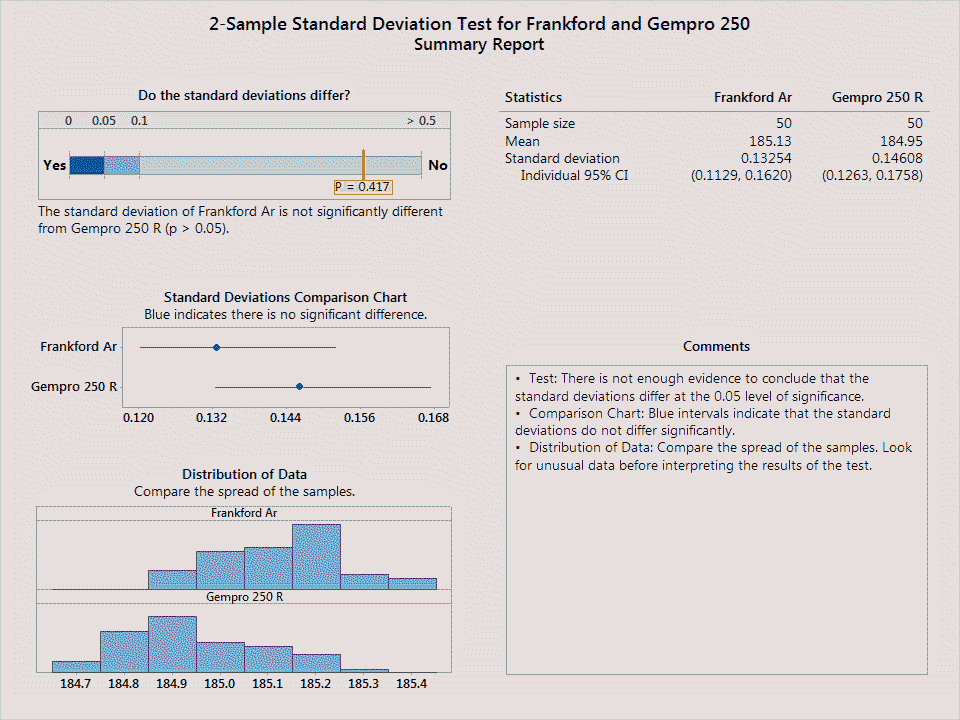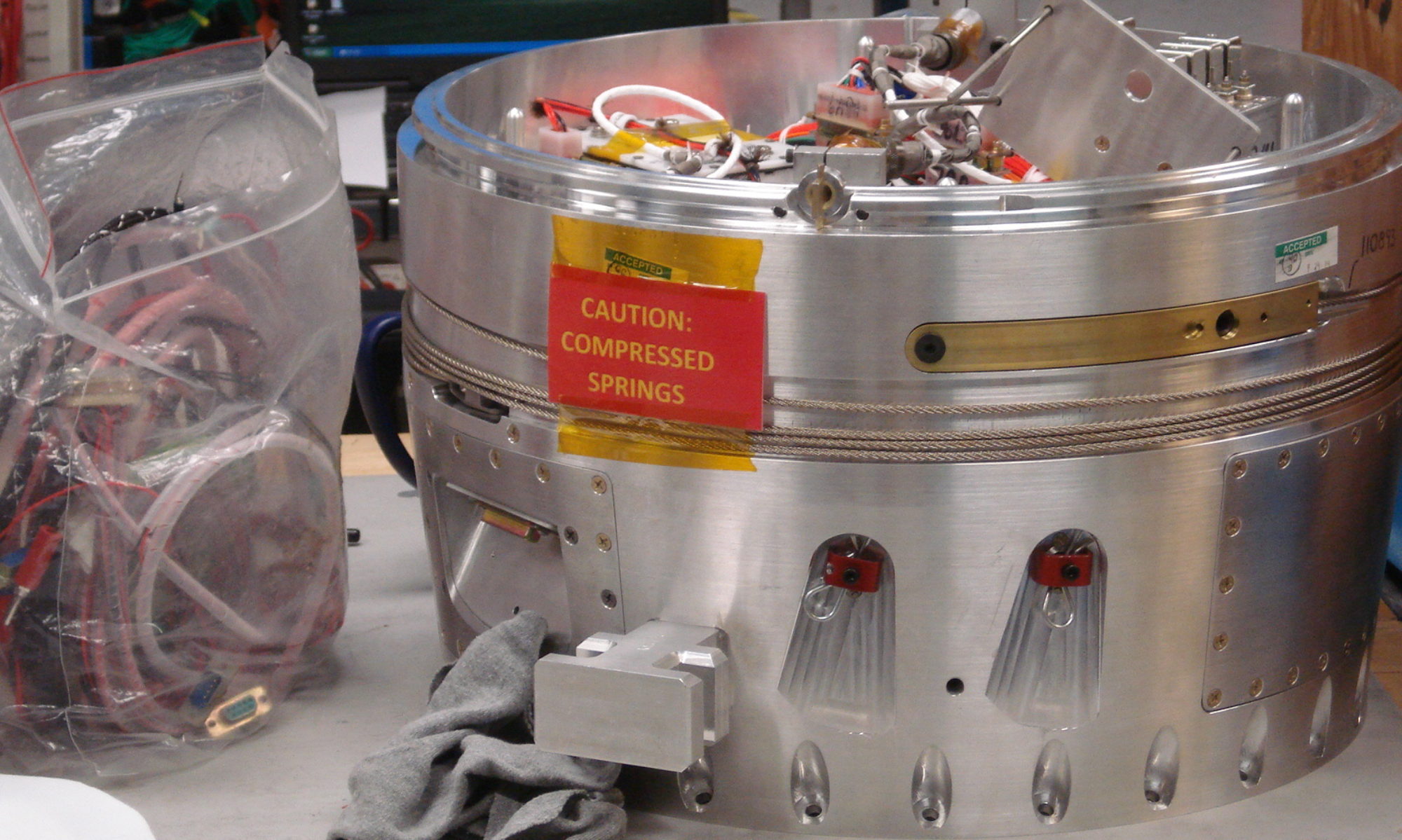Have you ever wondered if your reloading scale was accurate? If so, you’ve probably wondered how do I really know if my scale is telling me the truth about powder or bullet weight when all I have to use to check and calibrate the device is a small check weight which was made by the lowest bidder, somewhere overseas.
It doesn’t really matter if the scale is analog, like an Ohaus 10-10 beam scale, or if it is digital, like a Frankford Arsenal or a Gempro 250. Basic physics is still being used to derive a result, whether it be purely magnetic-mechanical or the result of a load cell’s capacitance which is then in turn interpreted into a numerical result. Certainly, precision metrology relies on traceability to some known standard. The folks at the flavor lab at Coca-Cola, for instance, aren’t using your average kitchen scale when they are working on a new flavor and need to measure out components.
Of course, we aren’t Coca-Cola, but we still would like to know if our scales tell us what is true. There are a couple of ways one could go about this: paying to send off your scale to be calibrated at a calibration lab, purchasing a quality mass standard and using it for calibration, or working at place with a known good scale and using something of your own, say a bullet, to be measured and then used as your standard. Another manner, and the one I’ve elected to use, is to compare multiple scales using the same samples for measurement and seeing if there is a difference (or not) between them.
I own two different digital scales, the Frankford Arsenal 750 and the Gempro 250. Besides cost, the major difference between the two is in resolution. Put simply, the amount of resolution is the amount of precision that the scale can achieve. This can be deceptive; just because a scale can tell you that a bullet weighs 185.1 grains or 185.09 grains isn’t always significant. For our use of checking powder charge weights, what we really want to know is the measurement of powder to a tenth of a grain, as that is how most reloading manuals are presently written. There are use cases where more precision is necessary for success, such as long range shooting, but for bullseye purposes, we need not be concerned with more than a tenth of a grain; instead, we should instead be concerned with whether the press or technique we use to measure powder is itself consistent, with as little variation as possible.
A brief note on why I have two different electronic scales is in order. I purchased the Frankford Arsenal first in order to get up and running (I had sold my PACT scale I used for shotshell reloading some years ago). I like it fine, but I would prefer something that didn’t utilize batteries and I can keep plugged in, so I picked up the Gempro 250 when it went on sale.
I took 50 projectiles and weighed them across the two scales on the same day and in succession, so as to capture statistically similar conditions for analysis.

What you see here is that there is no significant difference between the two scales. It does appear that the Frankford Arsenal scale tends to weigh items a bit heavier than the Gempro 250, but that’s all you can really tell- and only then by about tenth or two of a grain.
In sum, there really is no difference in these two scales and both will work equally well for measuring reloading powder charges, sorting cases, or sorting bullets. What will be interesting is to run this analysis again, throwing in a mechanical scale into the mix. More to come!
